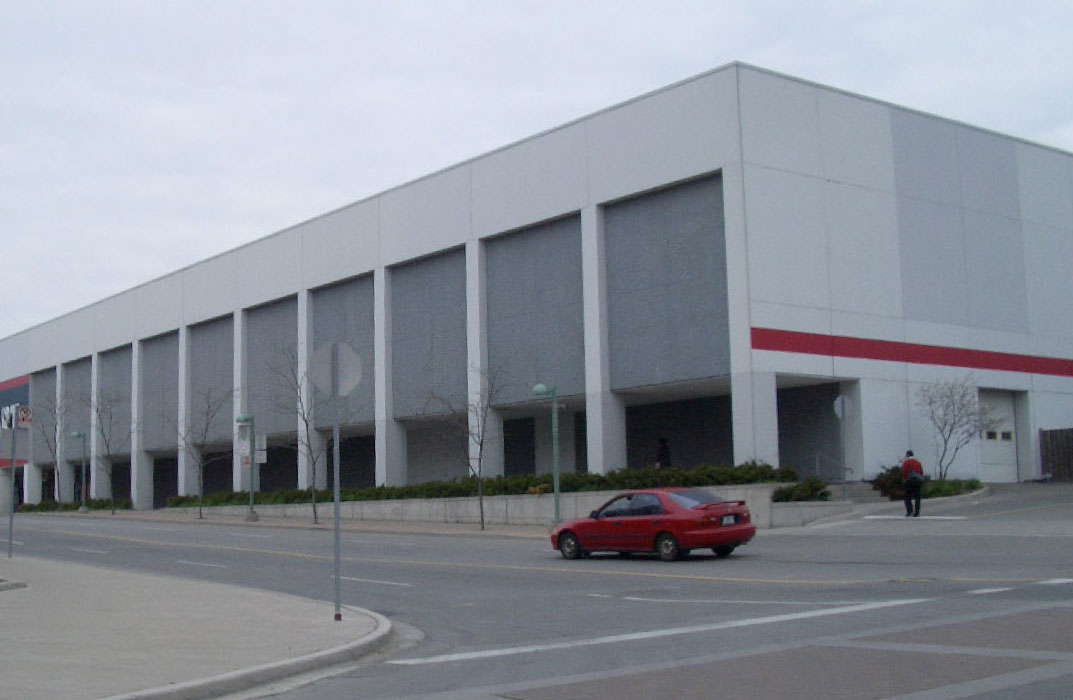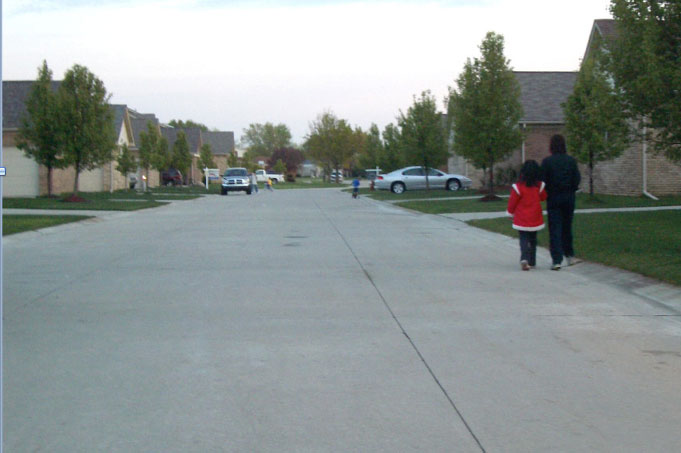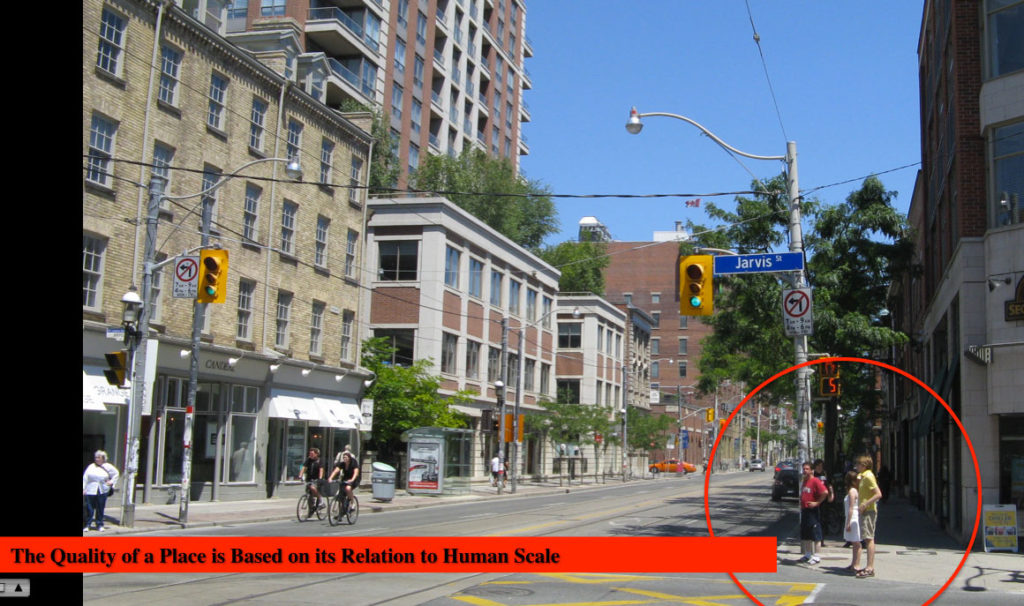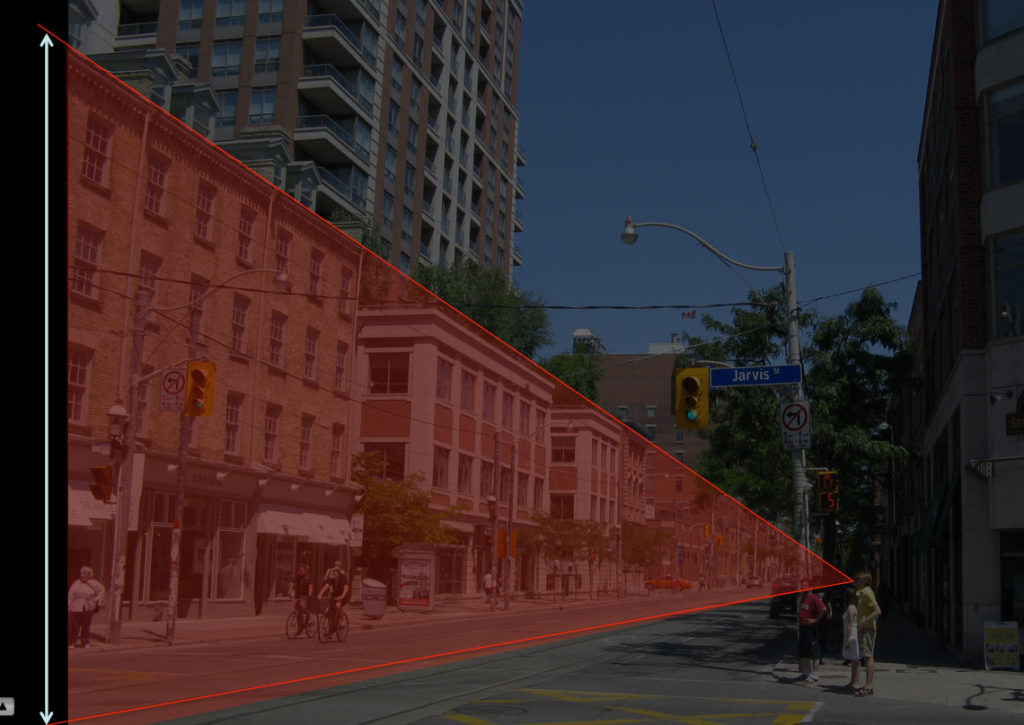

Specifically, human scale and the characteristics of a person became secondary in many aspects of urban development, notably in the design of streets, public spaces and buildings. The results can be witnessed in every community where there are no sidewalks, where blank walls of a building rise adjacent to where a person would enter or where vast asphalt expanses sit in front of places of recreation (shopping centers/theaters/sports facilities), work (office buildings) and living (apartment buildings). Building places and structures for the particular needs of human beings has been a lesser priority in many parts of North America and beyond for nearly seventy years.







_______________________________________________________________________
Mark Nickita, AIA, CNU, APA, BSArch, BArch, MArch is an architect, urbanist, retail entrepreneur, developer, educator and an elected municipal leader. He is the President of Archive DS, architects and urbanists in Detroit and Toronto and co-owner of retail establishments in Downtown Detroit, including the Pure Detroit Stores, the Rowland Cafe and Stella International Cafes. Mark is a City Commissioner and the former Mayor of Birmingham, Michigan.
